A Guide To Ship Prefixes For Naval And Merchant Vessels
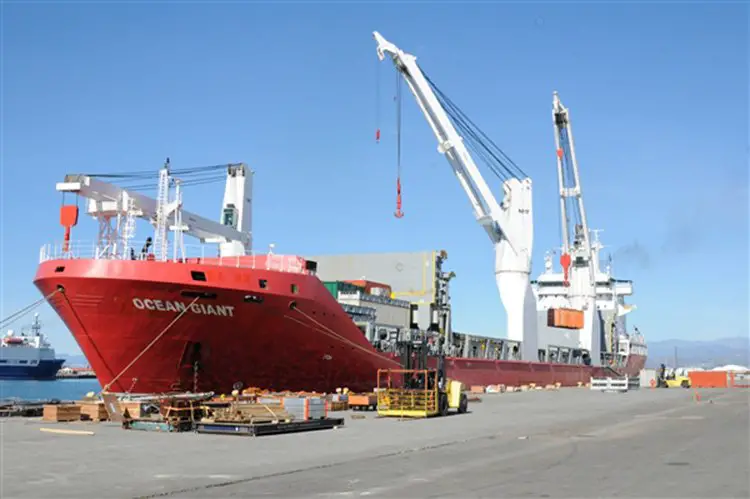
What are Ship Prefixes?
Ever wondered what does SS stands for on ships? Or what does USS stands for?
Every single ship in the world has a name. It could be named after a country, a company, or even a famous personality. However, no matter the name of the ship, every ship much include certain abbreviations or rather a ship prefixes before their names.
The ship’s prefixes serve an essential purpose in the marine industry. A ship prefix that is written against the name of the ship helps in identifying the purpose or sometimes even the origin of that ship from a long distance.
Ship prefixes or abbreviations consist of only a few letters that have a particular meaning. They may also include a few letters.
Ship prefixes or abbreviations are used in the names of naval ships as well as those from the merchant navy. Abbreviations or prefixes of most of the civilian ships often give the mode of propulsion of that particular vessel.
The following article discusses some basic ship prefixes and the kinds of ships that use them. It also talks about some rules of nomenclature of vessels that are followed by some countries and some rules that are universal.
SS
The most commonly known ship prefix is SS which stands for Steamship. It means that the vessel is driven or propelled by a Steam Engine. These kinds of ships are also known as steamers. They have been in use since the 19th century. These kinds of ships are not very dependent on wind or weather patterns.
MV
The ship prefix MV stands for the Motor Vessel. A motor vessel or a motor ship is a ship that is propelled by an internal combustion engine like a diesel engine. It started coming in use in the late 19th century and the early 20th century.
These are also some of the most commonly used ships as well as the most popular ship abbreviations among the general public.
PS
Another abbreviation that is PS is used for a kind of vessel called Paddle steamer. This is a form of steamship. Steam engines drive it. The steam engines drive the paddles and the tidal waves to prepare the ship in the water.
RV
The prefix RV stands for Research Vessel. As the name suggests research vessel is a ship that is specially designed, equipped all modified to carry out researches on the sea. These vehicles can be on the water for various purposes.
The above-mentioned ship prefixes are the civilian prefixes that are not used much now a day and even if they are, they only serve legal or formal purposes. Most of them represent the purpose of the ship.
Nowadays, because of the technology the ship prefixes are also changing, and they can depict the kind of technology that the particular shape or vessel uses. For example, LPGC stands for Liquefied Petroleum Gas Carrier, TB stands for Tug Boat or DB which stands for Derrick Barge.
This is a rather new method of naming a particular ship with the technology that it uses. Many ships have started to adopt this kind of nomenclature.
Abbreviations in Naval Ships
Naval ships are the vessels used by the navy of any country for the purpose of national defense or security. They usually adopt different kinds of abbreviations. For example, you must have wondered what does HMS stand for?
Some naval ships have names that begin with H.M.S. which stands for His/Her Majesty’s Ship. These names are obviously used by the royal navy. One of them is HMS Excellent
Another abbreviation for naval ships is U.S.F. which stands for United States Frigate. This abbreviation is used to represent all the frigates that have been employed under the Navy of the United States of America.
All the warships of a country go with a common abbreviation. This abbreviation is exclusive.
It is not necessary for a ship to have a prefix. For example, the Imperial Japanese Navy and the Kriegsmarine from Third Reich do not use any ship prefixes for all of their boats. Hence, we can say that the process of naming ships is not followed universally.
Most of the navies in the world identify their ships with the help of something called the hull number. The hull number of ships can be said to be a code of identification. These numbers are usually marked on the sides of a ship.
How these numbers are used depends on the navy and the country that it belongs to. For example, most of the European navies, as well as the Royal Navy, prefer to use the numbering system for their ships.
On the other hand, the United States Navy prefers to use a system of symbols for the same purpose. There is no specific rule or criteria that can help to determine how the naval ships of a country are named or identified.
Abbreviations in Merchant Ships
Merchant ships or the ships from the merchant navy are the ships of a country that are not used for the purposes of national defense and security but rather trade and business. They also have ship prefixes like naval ships.
A standardized set of rules for the nomenclature of such ships was introduced in 1939 by the Shipping Ministry of Britain.
It stated that every merchant navy ship that was built in Britain had to have the prefix, “Empire” in its name. This was a mandatory rule and applied to each and every Merchant Navy vessel, no matter big or small.
Some Well Known Ship prefixes
Following are some of the commonly used ship prefixes in the Navy or Merchant Navy ships of a country.
| Ship Prefix | Full Form | Details |
|---|---|---|
| AHT | Anchor Handling Tug | Anchor handling tags are the kinds of vessels that are used to handle anchors as the name suggests. They are useful in towing the anchors for oil rigs to the location and secure the rigs |
| CS | Cable Ship | A cable ship is a kind of ship that is used to lay down underground cables or communication channels. The ships are specifically designed for this purpose. |
| DSV | Diving Support Vessel/ Deep Submerge Vessel | A diving support vessel or a deep submerged vessel is a kind of which is used for or as the base for diving and related projects by professionals |
| MT | Motor Tanker | A motor tanker is usually a tanker that is used to ship chemicals or oil in bulk |
| MV/MS | Motor vessel/Motor Ship | A motor vessel or a motor ship is a ship which is propelled by an internal combustion engine like a diesel engine |
| PSV | Platform Supply Vessel | This is a kind of ship or vessel that is used to supply offshore oil and gas platforms |
| MY | Motor Yacht | A motor yard is a motor driven boat. it is normally used for the purpose of cruisin |
| FV | Fishing Vessel | A fishing vessel is a ship which is used to catch fish in a particular area of water. It could be a sea, river or even a lake. Fishing vessels maybe commercial or even private |
| GTS | Gas Turbine Ship | As the name suggests gas turbine shapes are the ships whose turbines are driven by gas. |
| RMS | Royal Mail Ship | Royal mail ships are the ships which carry mail or rather the British Royal Mail. This designation was first used in 1840. |
| SS | Steam Ship | The most commonly known ship prefix is SS which stands for steamship. It means that the vessel is driven or propelled by a steam engine. These ships are also known as steamers. They have been in use since the 19th century. These kinds of ships are not very dependent on wind or weather patterns. |
| PSV | Platform Support Vessel | This is a kind of ship or vessel that is used to supply offshore oil and gas platforms |
| TS | Training Ship | A training ship is a kind of ship which is used for the purpose of training young students as sailors |
| LB | Lifeboat | A lifeboat is a small boat which is used for emergency purposes. It may be on the ship itself or could be launched and sent to save or rescue people |
| NS | Nuclear Ship | Nuclear ships are the ships which are powered by nuclear power plants |
| RV | Research Vessel | As the name suggests research vessel is a ship which is specially designed, equipped all modified for the purposes of carrying out researches on the sea |
| LPG/C | Liquefied Petroleum Gas Carrier | An LPG carrier is carrier or a tank which is used for the bulk transportation of liquefied petroleum gas |
| LNG/C | Liquefied Natural Gas Carrier | An LNG carrier is a tank or a carrier which is used for the bulk transportation of liquefied natural gas |
| SV | Sailing Vessel | Sailing vessel is the most commonly known type of ships. It is a kind of ship that uses sails in order to harness the power of the wind. These are some of the oldest kinds of ships |
Ship Prefixes for Navies of other countries
The English translations of the abbreviations are used for some of the languages of the world. For example, the royal navy from the Netherlands uses the ship prefix “Hr. Ms” or “Zr. Ms” which is abbreviated in English as HNLMS.
This is done so because the full word cannot be used in English documents. There is actually a rule that says that a Dutch vessel does not implement the ship prefixes until and unless it is launched into the active service by the Navy.
The non-commissioned vessels in Australia are known as NUSHIP. It is a separate category of ships in Australia.
In the 20th century, many ship abbreviations that were used for a long time were discontinued. These include “USRC,” “USS,” “USNV” and “USNS” which were discontinued in the early 20th century.
Later on, even USRC was declared obsolete. All these abbreviations were changed because of a new naval nomenclature system being adopted by the United States of America under the presidency of Theodore Roosevelt.
Also read: How Does A Rudder Help In Turning A Ship?
Any vessel that has not been commissioned yet falls under the category of PCU or pre-commissioned unit. This means that any kind of vessel that is under construction is also known as PCU until it is officially commissioned.
The ship is awarded a proper prefix only when it is launched or introduced in active service in the maritime sphere. The United States Navy is not allowed to buy any foreign ships by law but can hire them.
You may also be interested: Boat vs Ship
Prefixes for Retired Ships
When a particular ship is no longer used or becomes out of service a different prefix is used for it. Rather, the ship is referred to by its original name with the term “ex-” at the beginning of it. This is done so in order to differentiate between the ships that are still working and those that are no longer functional.
It can also be used to distinguish between the ship which is out of service and the one which is still in service but carries the same name. A ship that has gone out of service is said to have retired.
How a retired ship is named depends on the country that it belongs to. There may or may not be different rules of nomenclature used for merchant ships or naval ships.
Still, some of the prefixes and rules of nomenclature are universally followed by countries all over the world to name their ships.
In this manner, we can see how it is critical for every ship in the sea to follow specific rules of nomenclature so that it is easier to identify it both for its owners as well as the ship or other vessels nearby.
If one desires to enter the marine industry in any field, it is imperative to know these basic abbreviations and to identify the purposes of a ship just by looking at the first two letters of its name.
Hence this is one of the most important topics for people who are studying or training to enter any career in the marine industry.

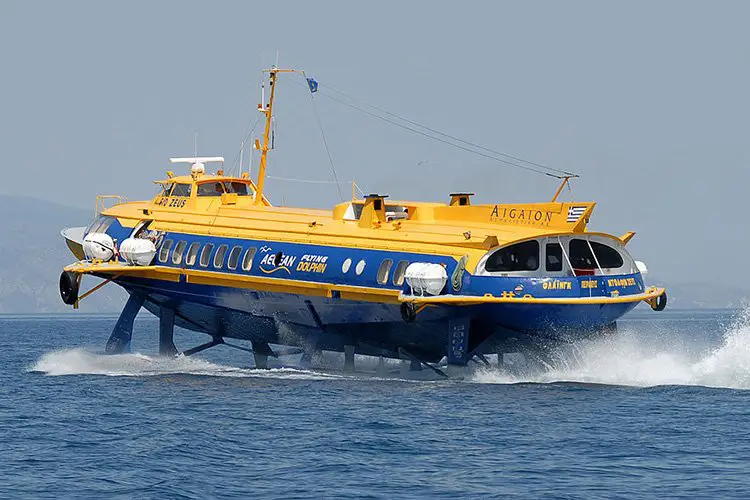
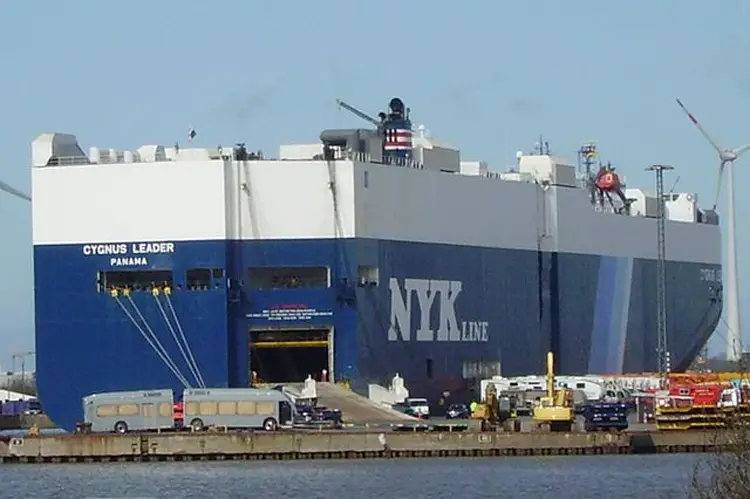
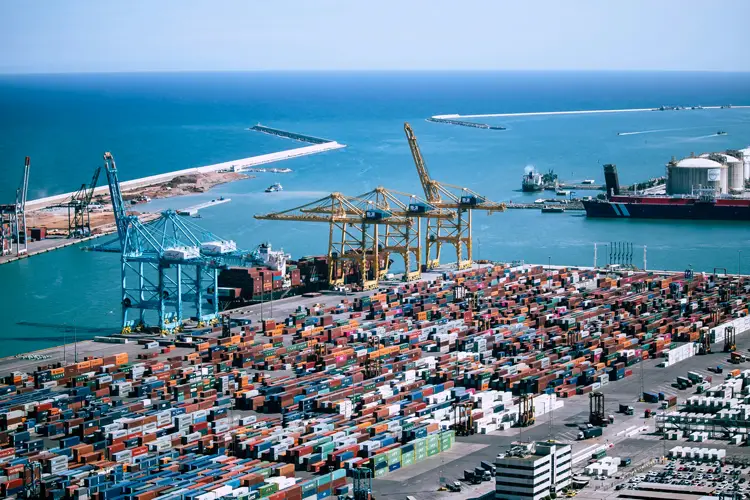
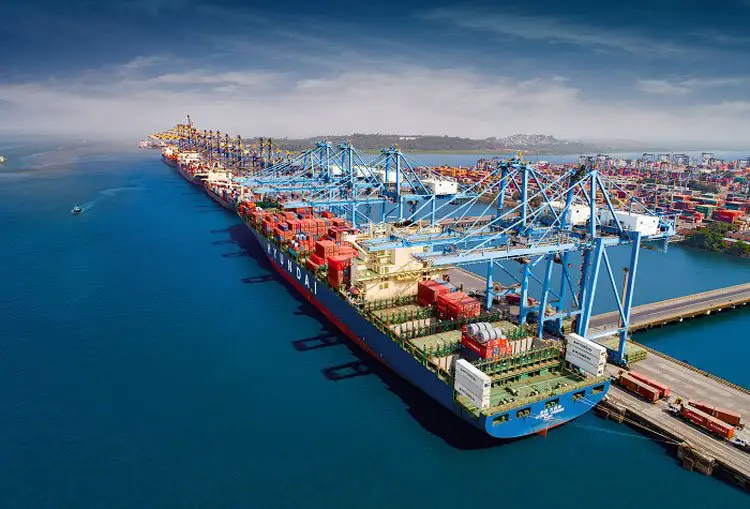

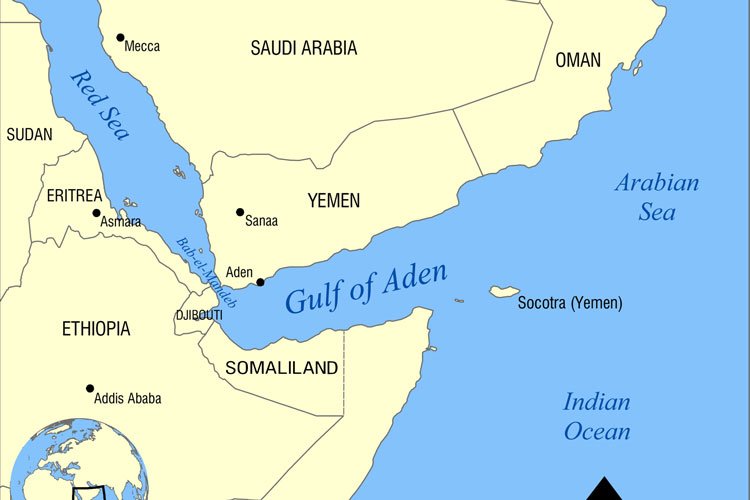

I am on a subsea construction vessel working with anchors… the prefix to the vessel is DW… what does the prefix DW stand for?
Many thanks in advance